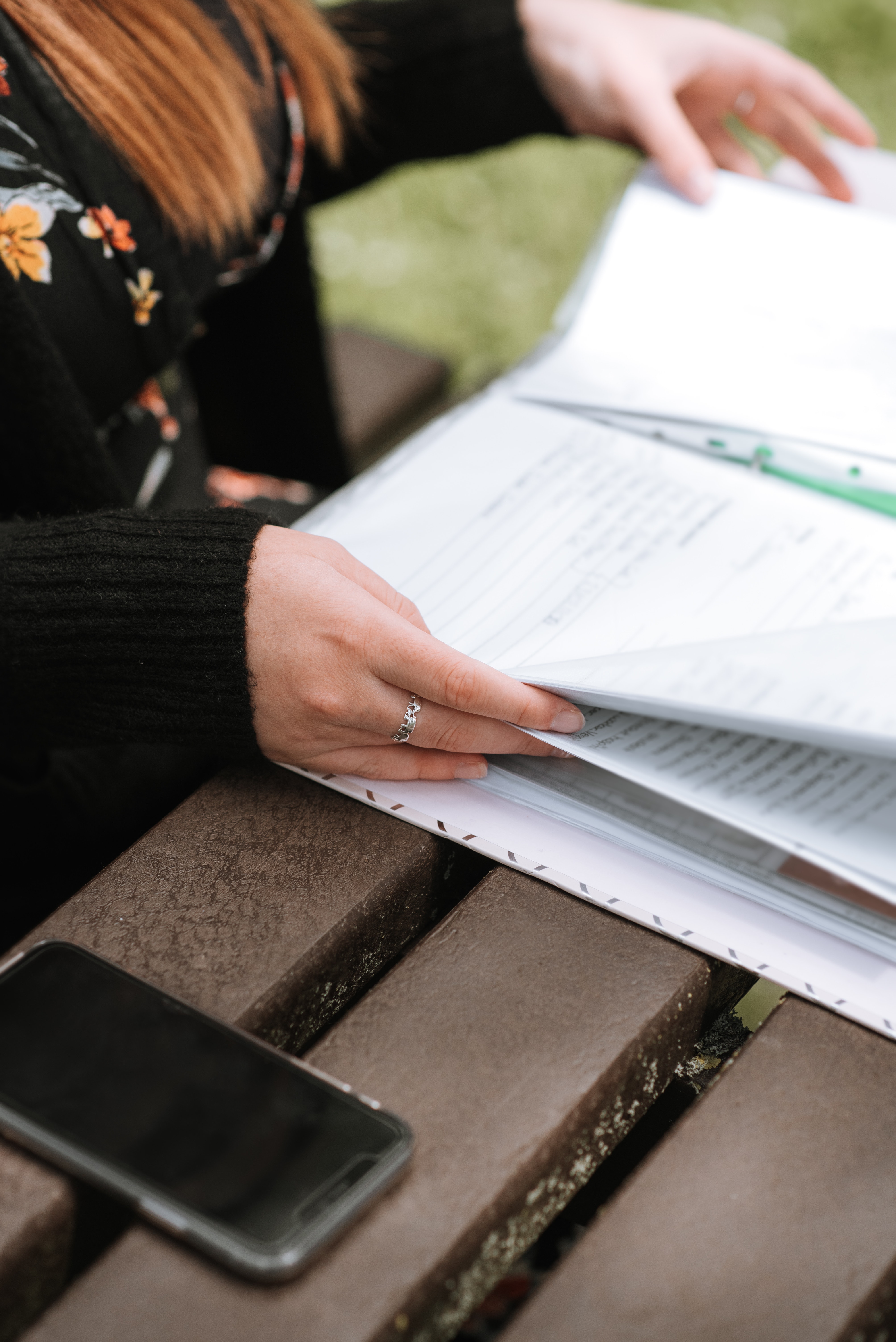One of the issues with new inspectors is the lack of planning that goes into the checklist. Many inspectors believe that the only thing necessary to ensure a good inspection is good connectivity, which can be verified by a passing speed test result. While this is important, it is not the only thing that needs to be considered in the planning of a safety inspection. CloudVisit’s Remote Inspection software is built around the effectiveness of the checklist for organizing and setting up the details of the job in advance. It can be modified on the fly, but still should be extensively worked on prior to the commencement of an audit.
A computer is much more than just a computer processor, likewise almost every project is much more than just one or two items. There are many steps in the assemblage of almost everything at a site. It is beneficial to break out these steps into individual tasks that are logically ordered so that crew members will have a clear roadmap to finishing the job properly. The most important detail in each step is to define your objectives. If you were to mount an object on a cell tower, that would entail establishing connectivity, constructing housing for the equipment, etc. Each objective should be given its own category. As more projects are created your skill in knowing how to divide a project will improve as you become more adept in determining what things are necessary.
Defining workplace safety hazards
Clearly one of the most important tasks for a remote safety inspection is identifying safety hazards. Many sites have special work conditions, that must be accounted for. A good adage for anyone is to know about the safety concerns in advance so that special attention can be taken to resolve them. Issues like overhead wires, or proximity to high voltage equipment are all safety hazards that should be accounted for when planning a new inspection. Not planning for these hazards can lead to project delays and accidents. There are also legal issues that would have to be considered if workers came to a job site that was considered unsafe. So, a proper job safety analysis (JSA) should be one of the first things listed as part of an inspection scope. Having crews demonstrate that the team at the inspection site meet safety requirements should be its own objective.

Defining inspection targets
Another goal when planning an inspection is knowing when an objective is met. Having this delineated on the checklist will help a crew to know what is necessary and will avoid excessive time wasted in needless explanations. All of these items will lead to a more defined experience, and in the work world that means it will go with fewer hassles than one that is ad-hoc.
CloudVisit’s Remote Inspection software allows users to define status values for inspection targets. Oftentimes, regulations require all visitors to wear helmets, safety goggles, a climbing harness, or steel toed boots at a construction site. If a remote inspector observes that a team member is neglecting to wear this gear, the inspection target can be assigned a failing status value.
Advances in artificial intelligence enable its systems to automatically review workplace safety through image recognition technology. CloudVisit’s development team can implement custom image recognition modules to identify safety deficiencies based on a company’s safety inspection targets. In many cases, the machine learning technology will notice safety violations that a human inspector may unconsciously glance over.
Scheduling the remote safety inspection session
When a session is first created on CloudVisit’s Remote Inspection software, various roles are defined within the session’s details. A host who will serve as the expert conducting the inspection will be listed, but so will alternates and personnel who serve other roles. After this session is defined and saved the crewmembers receive an email notice that provides them access to the session and notifies them when it starts.
It is important that the team members come prepared for this type of job. There can be costly delays when the crew joins a session unprepared. For this reason, CloudVisit Remote Inspection software allows session schedulers to include details such as scope of work, and required equipment in the session invitation email.
Almost, undoubtedly crew members will use a phone (Android or iPhone based) to connect and communicate with the host. In pre-planning the session invitation, it is a best practice to ensure team members have the app installed and tested on their cell phones before the session is scheduled to begin. Working cell phones can run out of battery power. It often costs lots of money to send a crew to return to a job site. This is especially true if that job site is in a distant location. On noisy jobsites, background noise can make communication through speaker phone impossible. Using a wired or Bluetooth headset will mitigate this potential fit fall. Therefore, it is wise when scheduling remote safety inspections to include a list of preplanned items such as a battery backup, headphone, or extra smart phone to ensure that the crew comes prepared with the tools they need. Properly planning and informing the team of the items and technology required to conduct a remote safety inspection will ensure that the inspection is completed successfully the first time.
Even with the best of intentions, sometimes unforeseen events occur that require extra support. CloudVisit’s software has failsafe tools within it to help with these events. For instance, if a new crew member is brought onsite, a host can initiate user registration for that crew member, enabling that person to complete a registration that was incomplete. However, this should be the exception not the rule. Performing remote inspections will often involve working with crews and teams that are many miles from your location. In all likelihood, the host may never personally know the person who will be performing the onsite inspection. If possible engage in an actual conversation with the crew leader before the commencement of the session. This will clear up most issues prior to the start of the project. For example, if the crew does not speak English, it may be useful to find another inspector fluent in the crew’s native language.
By defining inspection targets, a remote safety inspector can look forward to a successfully performed inspection, facilitated through proper planning.

 Language:
Language:







